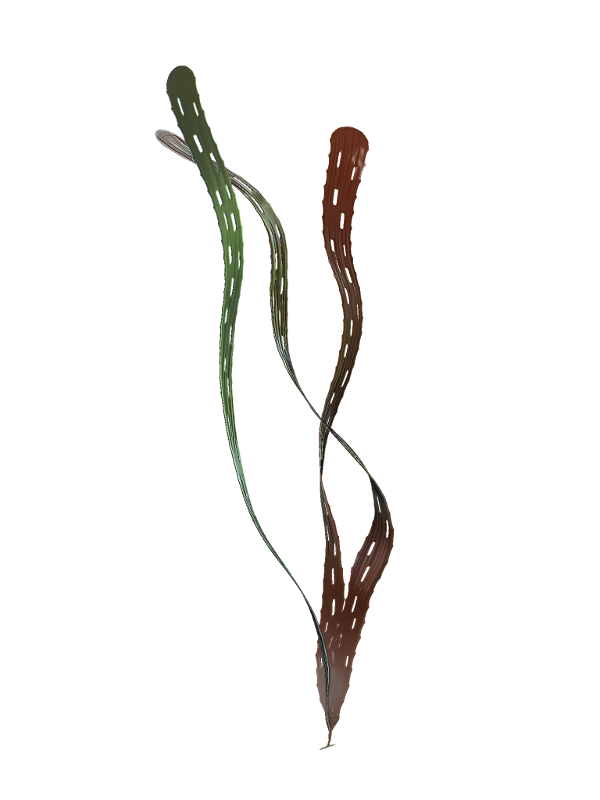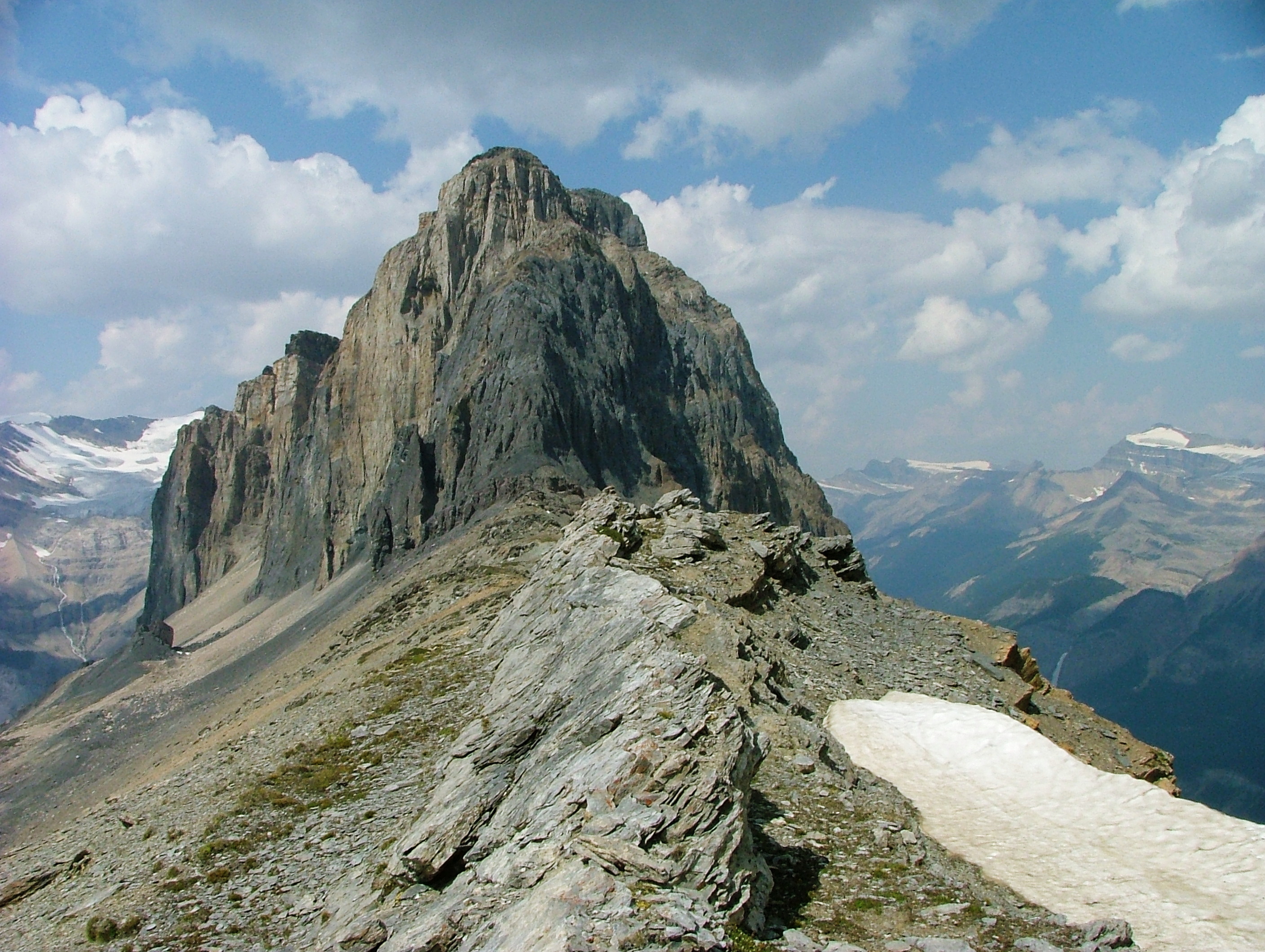|
Hamptonia . It was first described in 1920 by Charles Doolittle Walcott. 48 specimens of ''Hamptonia'' are known from the Greater Phyllopod bed, where they comprise < 0.1% of the community.
''Hamptonia'' is an extinct genus of sea sponge known from the Middle Cambrian Burgess Shale and the Lower Ordovician Fezouata formation The Fezouata Formation or Fezouata Shale is a geological formation in Morocco which dates to the Early Ordovician. References External links *[...More Info...] [...Related Items...] OR: [Wikipedia] [Google] [Baidu] |
Protomonaxonida
Protomonaxonida is an extinct order of sea sponges. It is a paraphyletic group gathering the most ancient species from the Burgess Shale to modern sponges. Families and genera * Family † Choiidae Laubenfels, 1925 ** Genus †'' Allantospongia'' Rigby & Hou, 1995 ** Genus †''Choia'' Walcott, 1920 ** Genus †'' Choiaella'' Rigby & Hou, 1995 ** Genus †'' Lenica'' Goryanskiy, 1977 * Family † Halichondritidae Rigby, 1986 ** Genus †'' Halichondrites'' Walcott, 1920 ** Genus †'' Pohlispongia'' Rigby & von Bitter, 2005 * Family † Hamptoniidae De Laubenfels, 1955 ** Genus †'' Hamptonia'' Walcott, 1920 ** Genus †'' Hamptoniella'' Rigby & Collins, 2004 * Family † Hazeliidae De Laubenfels, 1955 ** Genus †'' Crumillospongia'' Rigby, 1986 ** Genus †'' Falospongia'' Rigby, 1986 ** Genus †'' Hazelia'' Walcott, 1920 * Family † Leptomitidae De Laubenfels, 1955 ** Genus †'' Leptomitus'' Walcott, 1886 ** Genus †'' Paraleptomitella'' Chen et al., 1989 ** Genus † ... [...More Info...] [...Related Items...] OR: [Wikipedia] [Google] [Baidu] |
Charles Doolittle Walcott
Charles Doolittle Walcott (March 31, 1850February 9, 1927) was an American paleontologist, administrator of the Smithsonian Institution from 1907 to 1927, and director of the United States Geological Survey.Wonderful Life (book) by Stephen Jay Gould published in 1989, Chapter 4 He is famous for his discovery in 1909 of well-preserved fossils, including some of the oldest soft-part imprints, in the Burgess Shale of British Columbia, Canada. Early life Charles Doolittle Walcott was born on March 31, 1850 in New York Mills, New York. His grandfather, Benjamin S. Walcott, moved from Rhode Island in 1822. His father, also Charles Doolittle Walcott, died when Charles Jr. was only two. Walcott was the youngest of four children. He was interested in nature from an early age, collecting minerals and bird eggs and, eventually, fossils. He attended various schools in the Utica area but left at the age of eighteen without completing high school, the end of his formal education. His intere ... [...More Info...] [...Related Items...] OR: [Wikipedia] [Google] [Baidu] |
Burgess Shale Fossils
The fossils of the Burgess Shale, like the Burgess Shale itself, formed around 505 million years ago in the Mid Cambrian period. They were discovered in Canada in 1886, and Charles Doolittle Walcott collected over 65,000 specimens in a series of field trips up to the alpine site from 1909 to 1924. After a period of neglect from the 1930s to the early 1960s, new excavations and re-examinations of Walcott's collection continue to reveal new species, and statistical analysis suggests that additional discoveries will continue for the foreseeable future. Stephen Jay Gould's book '' Wonderful Life'' describes the history of discovery up to the early 1980s, although his analysis of the implications for evolution has been contested. The fossil beds are in a series of shale layers, averaging and totalling about in thickness. These layers were deposited against the face of a high undersea limestone cliff. All these features were later raised up above current sea level during the cr ... [...More Info...] [...Related Items...] OR: [Wikipedia] [Google] [Baidu] |
Taxa Named By Charles Doolittle Walcott
In biology, a taxon (back-formation from ''taxonomy''; plural taxa) is a group of one or more populations of an organism or organisms seen by taxonomists to form a unit. Although neither is required, a taxon is usually known by a particular name and given a particular ranking, especially if and when it is accepted or becomes established. It is very common, however, for taxonomists to remain at odds over what belongs to a taxon and the criteria used for inclusion. If a taxon is given a formal scientific name, its use is then governed by one of the nomenclature codes specifying which scientific name is correct for a particular grouping. Initial attempts at classifying and ordering organisms (plants and animals) were set forth in Carl Linnaeus's system in '' Systema Naturae'', 10th edition (1758), as well as an unpublished work by Bernard and Antoine Laurent de Jussieu. The idea of a unit-based system of biological classification was first made widely available in 1805 in the i ... [...More Info...] [...Related Items...] OR: [Wikipedia] [Google] [Baidu] |
Cambrian Genus Extinctions
The Cambrian Period ( ; sometimes symbolized Ꞓ) was the first geological period of the Paleozoic Era, and of the Phanerozoic Eon. The Cambrian lasted 53.4 million years from the end of the preceding Ediacaran Period 538.8 million years ago (mya) to the beginning of the Ordovician Period mya. Its subdivisions, and its base, are somewhat in flux. The period was established as "Cambrian series" by Adam Sedgwick, who named it after Cambria, the Latin name for 'Cymru' (Wales), where Britain's Cambrian rocks are best exposed. Sedgwick identified the layer as part of his task, along with Roderick Murchison, to subdivide the large "Transition Series", although the two geologists disagreed for a while on the appropriate categorization. The Cambrian is unique in its unusually high proportion of sedimentary deposits, sites of exceptional preservation where "soft" parts of organisms are preserved as well as their more resistant shells. As a result, our understanding of the Cambrian biolo ... [...More Info...] [...Related Items...] OR: [Wikipedia] [Google] [Baidu] |
Prehistoric Sponge Genera
Prehistory, also known as pre-literary history, is the period of human history between the use of the first stone tools by hominins 3.3 million years ago and the beginning of recorded history with the invention of writing systems. The use of symbols, marks, and images appears very early among humans, but the earliest known writing systems appeared 5000 years ago. It took thousands of years for writing systems to be widely adopted, with writing spreading to almost all cultures by the 19th century. The end of prehistory therefore came at very different times in different places, and the term is less often used in discussing societies where prehistory ended relatively recently. In the early Bronze Age, Sumer in Mesopotamia, the Indus Valley Civilisation, and ancient Egypt were the first civilizations to develop their own scripts and to keep historical records, with their neighbors following. Most other civilizations reached the end of prehistory during the following Iron Age. T ... [...More Info...] [...Related Items...] OR: [Wikipedia] [Google] [Baidu] |
Burgess Shale Sponges
__NOTOC__ Burgess may refer to: People and fictional characters * Burgess (surname), a list of people and fictional characters * Burgess (given name), a list of people Places * Burgess, Michigan, an unincorporated community *Burgess, Missouri, United States *Burgess, South Carolina, United States *Burgess, Virginia, United States *Burgess Township, Bond County, Illinois, United States *Burgess Park, London, England *Burgess Field Oxford, England *Burgess Hill, Sussex, England *Mount Burgess, Canadian Rockies *Burgess Branch, a tributary of Missisquoi River, Vermont, United States Other uses *Burgess (title), a political official or representative *Burgess Company, an American airplane manufacturer *Burgess GAA, an athletic club in Ireland See also *Burgess House (other), several buildings named *Burgess model, or Concentric zone model, a theoretical model in urban geography *Burgess reagent, used in organic chemistry *Burgess Shale, a fossil-bearing formation near Mount ... [...More Info...] [...Related Items...] OR: [Wikipedia] [Google] [Baidu] |
Smithsonian Miscellaneous Collections
The Smithsonian Contributions and Studies Series is a collection of serial periodical publications produced by the Smithsonian Institution, detailing advances in various scientific and societal fields to which the Smithsonian Institution has made contributions. History The Smithsonian Institution began publishing consolidated compilations of quarto-sized papers in 1848, under the name ''Smithsonian Contributions to Knowledge''.History of Scholarly Publishing , '' Smithsonian Institution
The Smithsonian Institution ( ), or simply the Smithsonian, is a group of museums and education and research centers, the largest such complex in the world, ...
[...More Info...] [...Related Items...] OR: [Wikipedia] [Google] [Baidu] |
Phyllopod Bed
The Phyllopod bed, designated by USNM locality number 35k, is the most famous fossil-bearing member of the Burgess Shale fossil ''Lagerstätte''. It was quarried by Charles Walcott from 1911–1917 (and later named Walcott Quarry), and was the source of 95% of the fossils he collected during this time; tens of thousands of soft-bodied fossils representing over 150 genera have been recovered from the Phyllopod bed alone. Stratigraphy and location The phyllopod bed is a 2.31 m thick layer of the 7 m thick Greater Phyllopod Bed, found in the Walcott Quarry on Fossil Ridge, between Wapta Mountain and Mount Field, at an elevation of around , around north of the railway town of Field, British Columbia, in the Canadian Rocky Mountains. It is adjacent to Mount Burgess, where Walcott first discovered the Burgess Shale formation. Walcott divided the bed into twelve units based on the rock type and fossil content. Certain fossil beds provide reference levels and can b ... [...More Info...] [...Related Items...] OR: [Wikipedia] [Google] [Baidu] |
Geobios
Geobios is an academic journal published bimonthly by the publishing house Elsevier. Geobios is an international journal of paleontology, focusing on the areas of palaeobiology, palaeoecology, palaeobiogeography, stratigraphy and biogeochemistry Biogeochemistry is the scientific discipline that involves the study of the chemical, physical, geological, and biological processes and reactions that govern the composition of the natural environment (including the biosphere, the cryosphere, t .... Geobios is indexed and abstracted in: Science Citation Index, ISI, Bulletin signalétique, PASCAL, Geo Abstracts, Biological Abstracts, The Geoscience Database, Referativnyi Zhurnal, SciSearch, Research Alert and Current Contents/Physical, Chemical & Earth Sciences. Description Articles are published only in English, following a standard peer-review process (usually involving 3 reviewers) supervised by an associate-editor through the Journal's submission web site. Articles are published i ... [...More Info...] [...Related Items...] OR: [Wikipedia] [Google] [Baidu] |
Burgess Shale
The Burgess Shale is a fossil-bearing deposit exposed in the Canadian Rockies of British Columbia, Canada. It is famous for the exceptional preservation of the soft parts of its fossils. At old (middle Cambrian), it is one of the earliest fossil beds containing soft-part imprints. The rock unit is a black shale and crops out at a number of localities near the town of Field in Yoho National Park Yoho National Park ( ) is a National Parks of Canada, national park of Canada. It is located within the Canadian Rockies, Rocky Mountains along the western slope of the Continental Divide of the Americas in southeastern British Columbia, bordered ... and the Kicking Horse Pass. Another outcrop is in Kootenay National Park 42 km to the south. History and significance The Burgess Shale was discovered by palaeontologist Charles Doolittle Walcott, Charles Walcott on 30 August 1909, towards the end of the season's fieldwork. He returned in 1910 with his sons, daughter, and wif ... [...More Info...] [...Related Items...] OR: [Wikipedia] [Google] [Baidu] |






